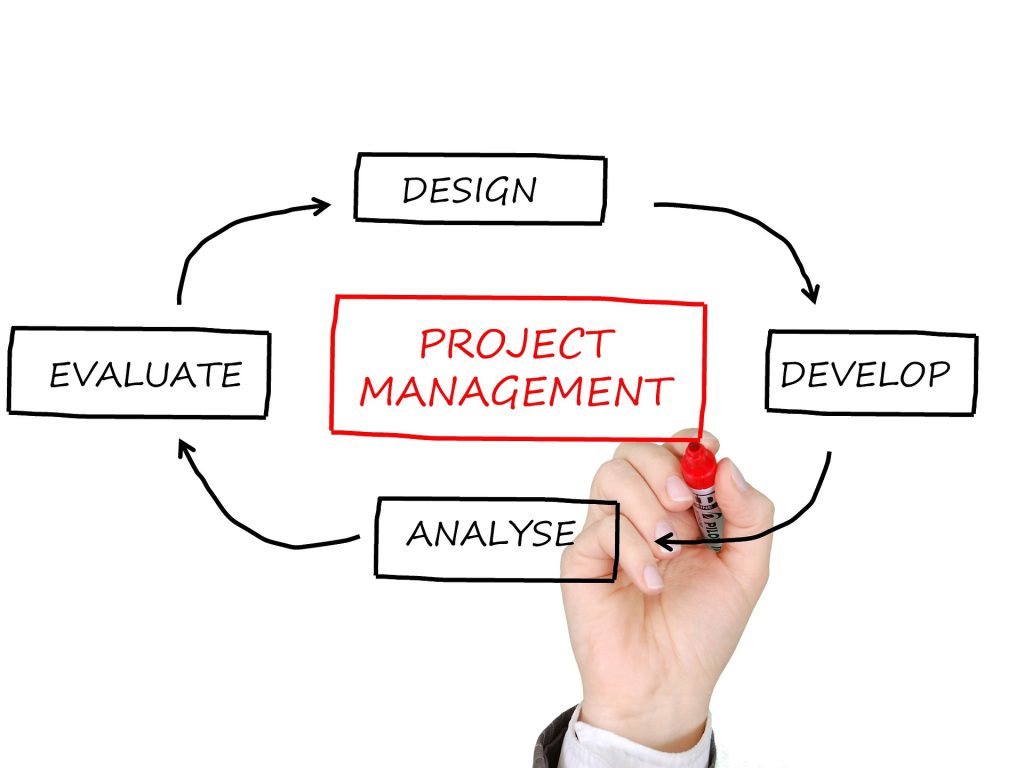Improving Your Physical Store Layout: 4 Design Principles to Apply
An effective store layout plays a vital role in shaping the overall shopping experience and directly influences several key aspects of retail performance. The most well-designed layout will make it easier for customers to navigate and find products, and it will also create an inviting atmosphere that encourages longer visits and repeat business.
If you own a brick-and-mortar store whose profits you want to grow, one key improvement that you should make is to your current layout. You’ll want one that enables customers to find what they need quickly, as the opposite could lead them to abandon their carts. In addition to rethinking your aisles, you’ll also want to improve the visibility and accessibility of your checkout area to streamline the payment process and reduce wait times.
Overall, your store layout can do a lot to enhance the shopping experience; if customers are assured that they can move comfortably and efficiently through your store, they’re more likely to load their carts and come back to you in the future. To that end, let’s explore some important design principles that can help you create a more inviting store layout that’s tailored to your customers’ needs:
1) Develop a Seamless Flow Throughout the Store
The first design principle you can apply to optimize your physical store layout is to create a logical path that guides customers naturally through the premises. Make sure to design a clear and intuitive path that leads customers from the entrance to the checkout, ensuring that they pass by various product displays along the way. You can also place signs at key points to cue customers in and highlight different sections of your store.
Case in point: make sure the checkout area is well-marked with signs that are easy to spot from various angles. It will also be helpful to customers when you place clear signage on the accepted payment options both immediately at and near enough to checkout. If you have limited space in the checkout area, consider getting an all-in-one card swipe machine like the Maya Terminal that accepts credit and debit cards, generates dynamic QR codes for digital wallet payments, and prints receipts. This way, it won’t be hard to accommodate your customers’ various payment preferences from multiple points in the store.
2) Ensure Comfortable Navigation
Comfortable navigation is also essential for a pleasant shopping experience. For stores with ample space, this involves widening aisles to ensure they’re spacious enough for customers to move freely, particularly during peak hours. Consider accessibility, too, by providing ramps and wide pathways to make your store more accommodating to all customers, including elderly shoppers and shoppers with disabilities. In addition, avoid overcrowding in your store. Limit the number of products on display to prevent the store from feeling cramped.
For stores with limited space, effective navigation is an utmost concern. Optimize the limited space available to you by using flexible fixtures and modular displays that can be adjusted as needed. Also maximize the vertical space you have, such as by using wall-mounted shelves or hanging displays. This approach will free up floor space and make it easier for customers to move around.
3) Optimize Your Product Placement
Another way to improve your physical store layout is to rethink your product placement so that it’s more effective. Start by deciding on focal points within the store. Use striking displays and put them in prominent locations to draw customers’ eyes to featured products or new arrivals. These focal points should be placed in high-traffic areas where they are likely to attract the most attention, such as near the entrance or at the ends of the aisles.
Group related items together as well to encourage additional purchases. For example, you can place complementary products, such as snacks with beverages or accessories with main items, near each other. This technique helps customers easily find related products and can lead to increased sales by suggesting items that they might not have initially considered.
Ensure that high-demand or frequently purchased items are easily accessible to customers. Position these products at eye level or in convenient locations to streamline the shopping process and make it easier for customers to find what they need. In the same vein, avoid placing popular items in hard-to-reach or less visible areas, as this can lead to customer frustration and reduced sales for your most lucrative products.
4) Utilize the Right Lighting
Lighting also plays a significant role in enhancing the shopping experience and highlighting the products available in your store. You can employ different types of lighting to create a balanced and inviting atmosphere for your customers. For instance, ambient lighting will provide overall illumination for a well-lit and welcoming space, creating a general brightness that will make it feel more comfortable and open.
Accent lighting, on the other hand, can be used to highlight specific products or displays, drawing attention to key areas. This type of lighting can be applied using spotlights or track lights to showcase featured items or promotional displays. Focusing light on these areas will allow you to enhance their visibility and make them stand out, which can lead to increased interest and sales.
Task lighting is essential for areas where detailed work or clear visibility is needed, such as the checkout counter or fitting rooms. This type of lighting ensures that these areas are well-lit and therefore functional for both customers and staff.
These basic design principles can already do a lot to enhance your store’s layout and make it more appealing for customers to shop at your location. But feel free to experiment with these ideas and adapt them to suit your specific needs and industry niche. You’ll be surprised about the difference that a deliberate and well-planned store layout will make to your physical store’s bottom line.





















